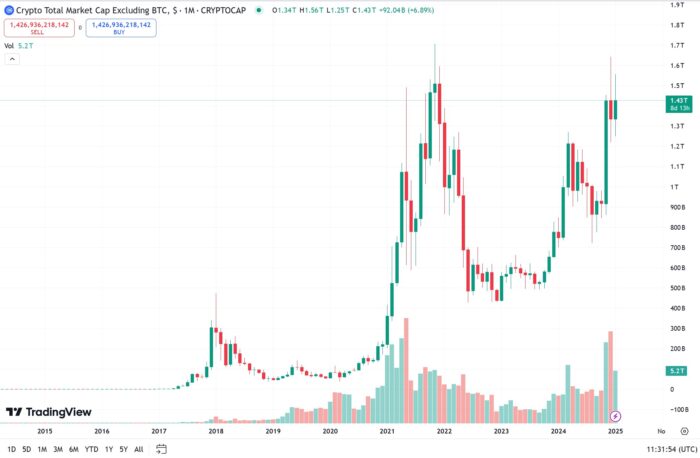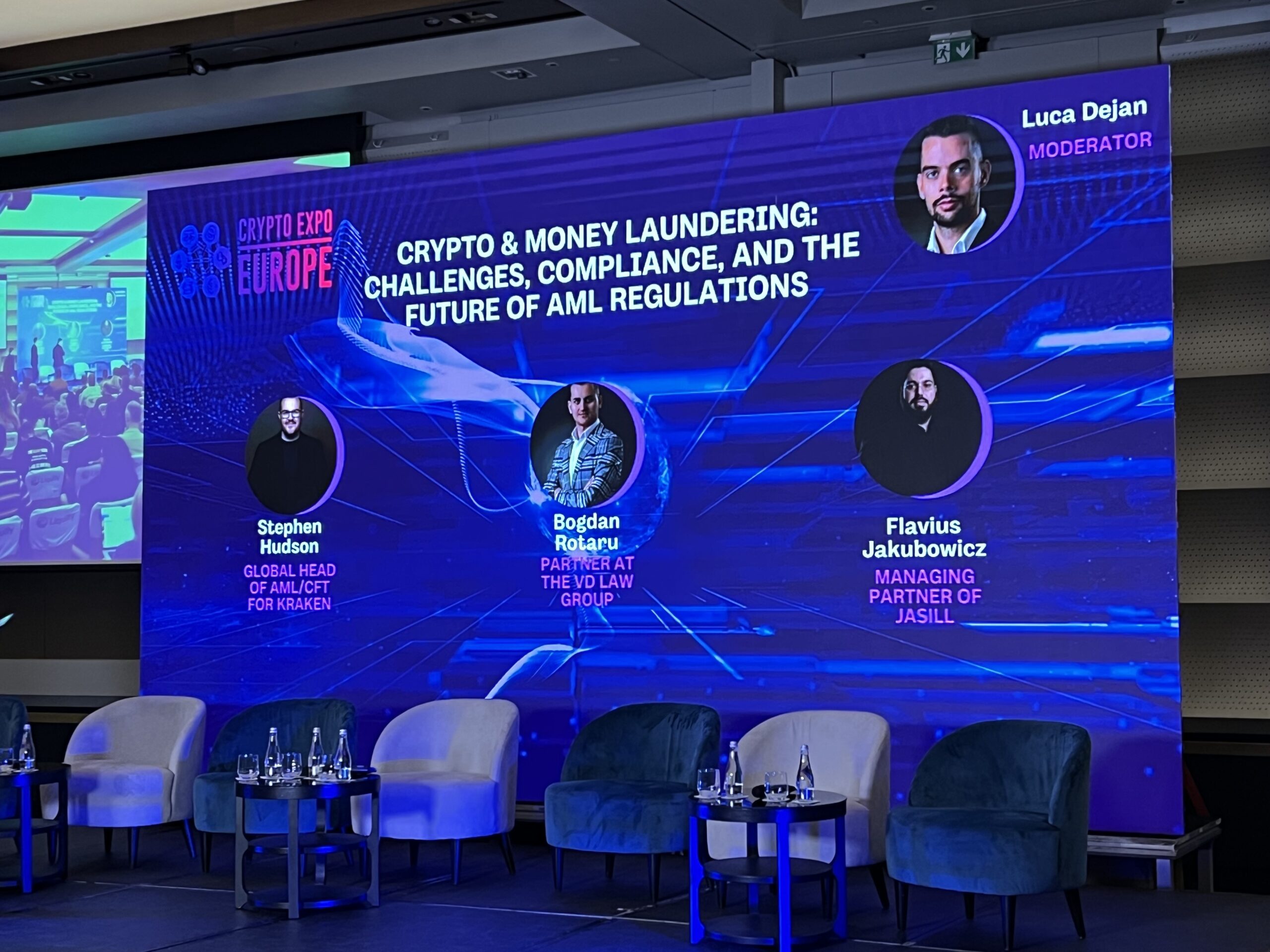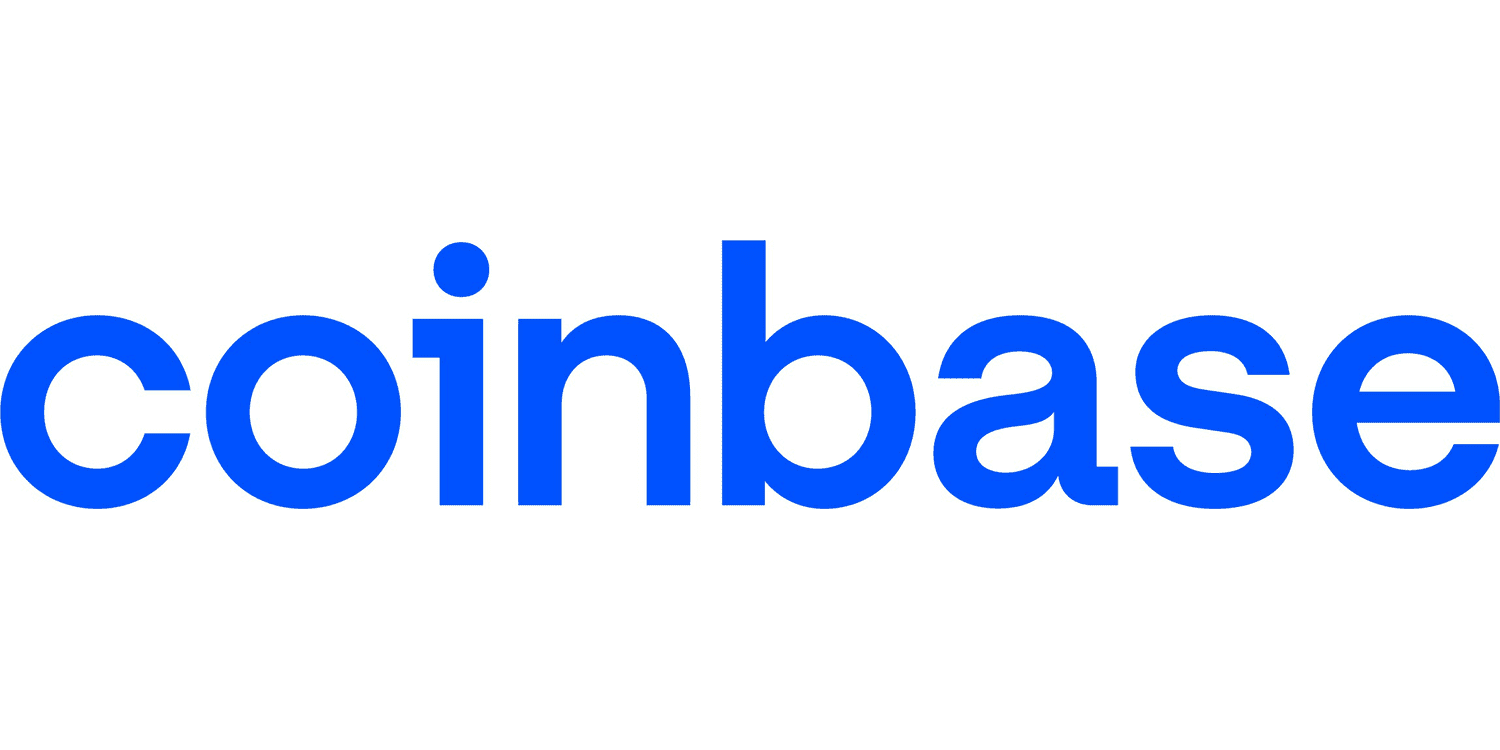Can the Altcoin Market Cap Surpass 2021’s All-Time High?
3 min. read
Published on

The question of whether the altcoin market can surpass its 2021 all-time high remains a point of contention among cryptocurrency investors and analysts. The 2021 rally was fueled by a confluence of unique factors—record levels of quantitative easing, direct stimulus payments, and a surge in retail participation. The current market, by contrast, operates in a vastly different environment, with tighter liquidity and a fragmented landscape of investment narratives.
In the past, Ethereum has served as the anchor for altcoin market growth, often providing the liquidity and momentum needed for broader rallies. However, market participants note that liquidity has shifted. Solana, buoyed by its ecosystem of meme coins and AI-related projects, has drawn significant capital away from Ethereum. Recent data from DeFiLlama and TradingView suggests that nearly 90% of Solana’s liquidity inflows last week originated from Ethereum, signaling a migration of market interest. While Solana’s rise has been noteworthy, it also highlights the diminishing dominance of Ethereum as the altcoin market’s linchpin.
The narratives driving the current market are more fragmented than in previous cycles. Where 2021 was characterized by clear themes like decentralized finance (DeFi) and non-fungible tokens (NFTs), today’s focus oscillates between memes, AI coins, and even politically charged digital assets. While these narratives generate pockets of enthusiasm, they lack the cohesion required to drive sustained growth across the altcoin market. This fragmentation has also been accompanied by a dilution of market cap among a growing number of projects, reducing the likelihood of broad-based gains.
Macroeconomic conditions further complicate the outlook. The monetary stimulus that fueled the 2021 rally is unlikely to return in the near term. Central banks, including the Federal Reserve, have shifted toward monetary tightening. The U.S. has recently raised interest rates, as detailed in the Federal Reserve’s official reports, leaving less room for speculative capital to flow into risk assets like cryptocurrencies. Optimists suggest that a shift in monetary policy—a return to quantitative easing or aggressive rate cuts—could reignite demand, but such a scenario remains speculative.
Historical comparisons have also sparked debate. Some argue that the exuberance of the 2017 cycle, with its rampant speculation, eclipsed the 2021 bull market in terms of market-wide fervor. Others believe that the institutional participation and retail adoption in 2021 represented a high-water mark for the industry. Adjusted for inflation, as highlighted by CryptoQuant and other research platforms, some observers note that the 2021 all-time high would require an additional 20% growth in today’s terms to match its real value.
Skeptics argue that many altcoins from prior cycles are unlikely to recover, citing the dilution of market cap and the rise of newer ecosystems. Yet, there remains cautious optimism for select projects and narratives, particularly those tied to innovation and emerging use cases. Solana, for instance, continues to attract attention for its utility and relative valuation compared to Ethereum, as detailed in analysis by CoinDesk and Messari.
The future of the altcoin market remains uncertain, shaped by shifting liquidity patterns, macroeconomic pressures, and evolving investor sentiment. While some believe the era of unprecedented altcoin growth is behind us, others see opportunities in the emergence of new narratives and ecosystems. As always in this market, the only certainty is uncertainty.










User forum
0 messages